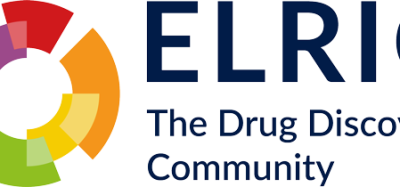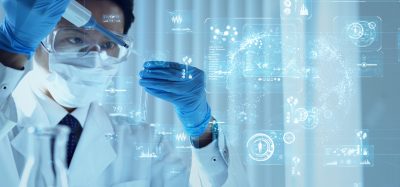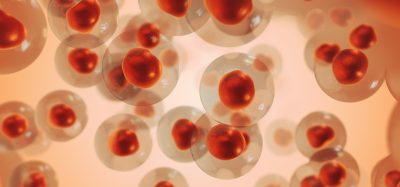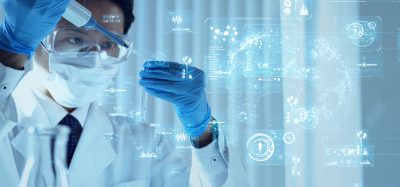UCLA discovery could lead to better recovery after stroke
Posted: 28 October 2015 | Victoria White
Researchers have identified a molecule that, after a stroke, initiate repairs to the brain…


Researchers have identified a molecule that, after a stroke, signals brain tissue to form new connections to compensate for the damage and initiate repairs to the brain.
Their findings could eventually lead to a new treatment to promote brain repair and functional recovery in people who have suffered a stroke.
The five-year study, performed in an animal model, was the first to identify growth differentiation factor 10, or GDF10, a molecule that previously had no known role in the adult brain, said Dr S. Thomas Carmichael, professor and vice chair for research and programmes in the UCLA department of neurology.
“The brain has a limited capacity for recovery after stroke,” Carmichael said. “Most stroke patients get better after their initial stroke, but few fully recover. If the signals that lead to this limited recovery after stroke can be identified and turned into a treatment, then it might be possible to enhance brain repair after stroke.”
GDF110 regulates a collection of molecules that improves recovery after stroke
After identifying that GDF10 was a possible signal for brain repair, the team analysed the molecule in a petri dish. The scientists found that GDF10 promotes brain cells’ ability to form new connections, and they identified the signalling systems that control the process.
“We found that GDF10 induces new connections to form in the brain after stroke, and that this mediates the recovery of the ability to control bodily movement,” Carmichael said.
The team identified all of the molecules that are turned on or off by GDF10 in brain cells after a stroke and compared the cells’ RNA to RNA in comparable cells during brain development and normal learning, and to RNA in the brain cells of people with other diseases.
They found that GDF10 regulates a unique collection of molecules that improves recovery after stroke. The discovery indicates that brain tissue regenerating after a stroke is a unique process rather than just a reactivation of the molecules that are active in brain development.
The team hope to identify a molecule that activates GDF10 signalling systems
The team also administered GDF10 to the animals that had experienced strokes and then mapped the connections in the brain that are tied to body movement. They compared those to the connections in animals who had experienced a stroke but were not given GDF10, in animals with healthy brains and with animals that had experienced a stroke and had a reduced level of GDF10.
“The results indicated that GDF10 normally is responsible for the very limited process of the formation of new connections after stroke,” Carmichael said. “Delivering more GDF10 markedly enhances the formation of new connections and does so mostly in a specific brain circuit. The formation of connections in this circuit with GDF10 administration significantly enhanced recovery of limb control after stroke.”
Going forward, Carmichael and his team hope to identify a small molecule that activates the GDF10 signalling systems and that could eventually lead to the development of a drug to enhance recovery from strokes.








